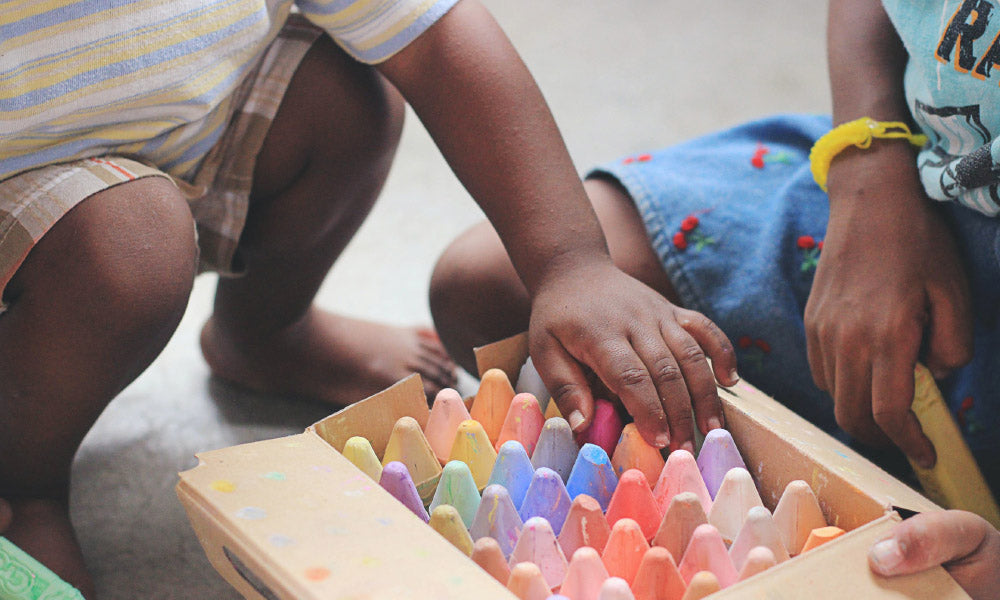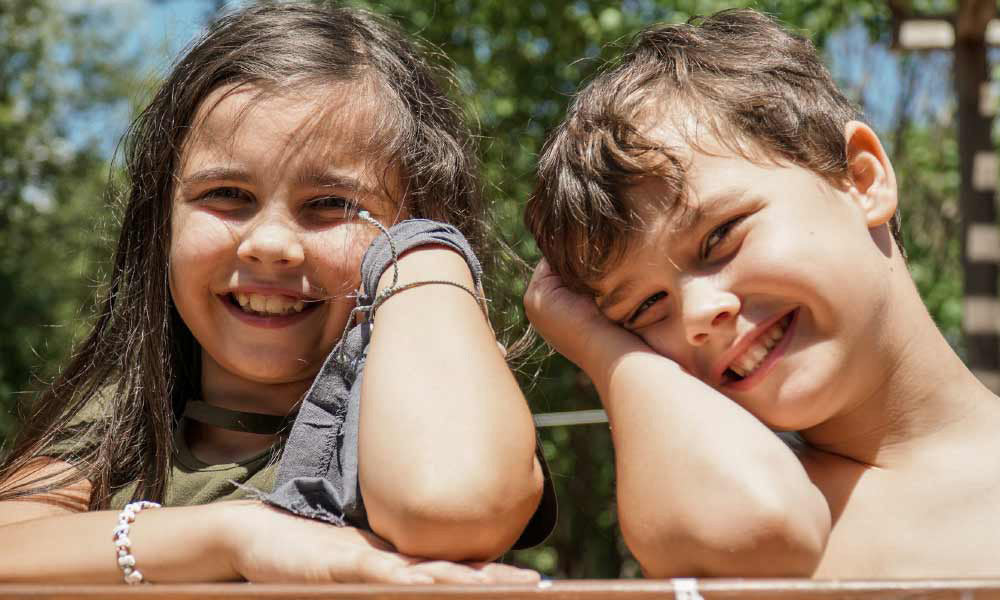"Dad, do you like my picture?"
That's a loaded question when the artwork belongs to a 5-year-old.
Do I like it? How do I know? I don't even know what it is. I strain to find any recognizable shapes to clue me into the subject matter. All the while, my child's eager eyes are boring into me, looking for positive reinforcement.
I see lots of loops and swirls, and a floating head. There are glasses, but only one eye. There's a scribble in the lower left corner. Is it me? Is it her? Is it an alien?
Parents are put on the spot like this all the time, struggling to formulate a correct response to a child's eager inquiry. How many of us have responded in the wrong way, saying things like, "That looks like a really fast car!" when the artist meant to draw a puppy. Or mistakenly thinking a red circle was a balloon, when it's actually Grandpa. Or just throwing out the catch-all, mostly meaningless phrase, "Good job!"
There is a better way. We can respond to our kids in a way that celebrates effort and encourages learning. Practice these responses, so that when you are caught unaware by your child, grandchild, or student, you have some go-to phrases to appropriately discuss your budding artist's work.
1 | Don't assume that you know the subject.
Ask the child, "Can you tell me about your painting?" I've been caught many times mistaking a truck for a roller-skating dog, a goblin for a tree, and a donut for a portal into the future. Children love to talk about their work, and this is the perfect time to take advantage of this tendency.
2 | Notice the details.
Talk about the shading, lines, colors, and forms that you see in the work.
Try responses like, "I see that you added purple to the sky. Tell me more about that." Or, "You put blue dots underwater. I'd love to hear about those."
Invite children to discuss their thinking process behind the artwork.
3 | Give feedback about effort.
When you see your child concentrating and adding details to a sketch or scribbling, praise what you notice.
Comments like, "I see you're putting a lot of thought into those wavy lines." Or, "You kept working until it was completely finished."
Acknowledge the effort that the child is putting into a piece.
4 | Use phrases like, "I noticed..." or, "I see that you...."
Say something that begins a conversation about the artwork.
"I noticed you used lots of blue. Is that your favorite color?" Or, "I see that you added yellow on top of the purple. Why did you decide to do that on this triangle?"
5 | Don't judge the work.
While a child may ask "Do you like it?" respond with a specific detail that appeals to you.
"Those purple clouds remind me of a sunset that I saw last night. Or, "Your truck looks like it could go really fast!"
These are the kind of comments that will encourage further discussion and creativity.
6 | Celebrate and display work.
Have your child find a place to display the piece. It could be in a frame, magnetic clips on the refrigerator, or scanned into the computer and shared with family.
Celebrations encourage further work, and lead to a sense of success.
7 | Encourage next steps.
I've seen my share of naked stick figures, and always encourage my students to put some clothes on those people.
The children always think it's funny, but the comment is meant to encourage them to add more detail to their work. Stretch their thinking and see where they can go next.
8 | When you're not sure what to say, give nonverbal feedback.
A smile, a pat on the back, a wink or high-five can communicate to your child that you see and acknowledge them and their work. And that's all they're really asking for.
Have fun with your budding artist!



